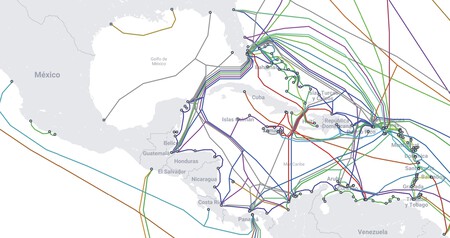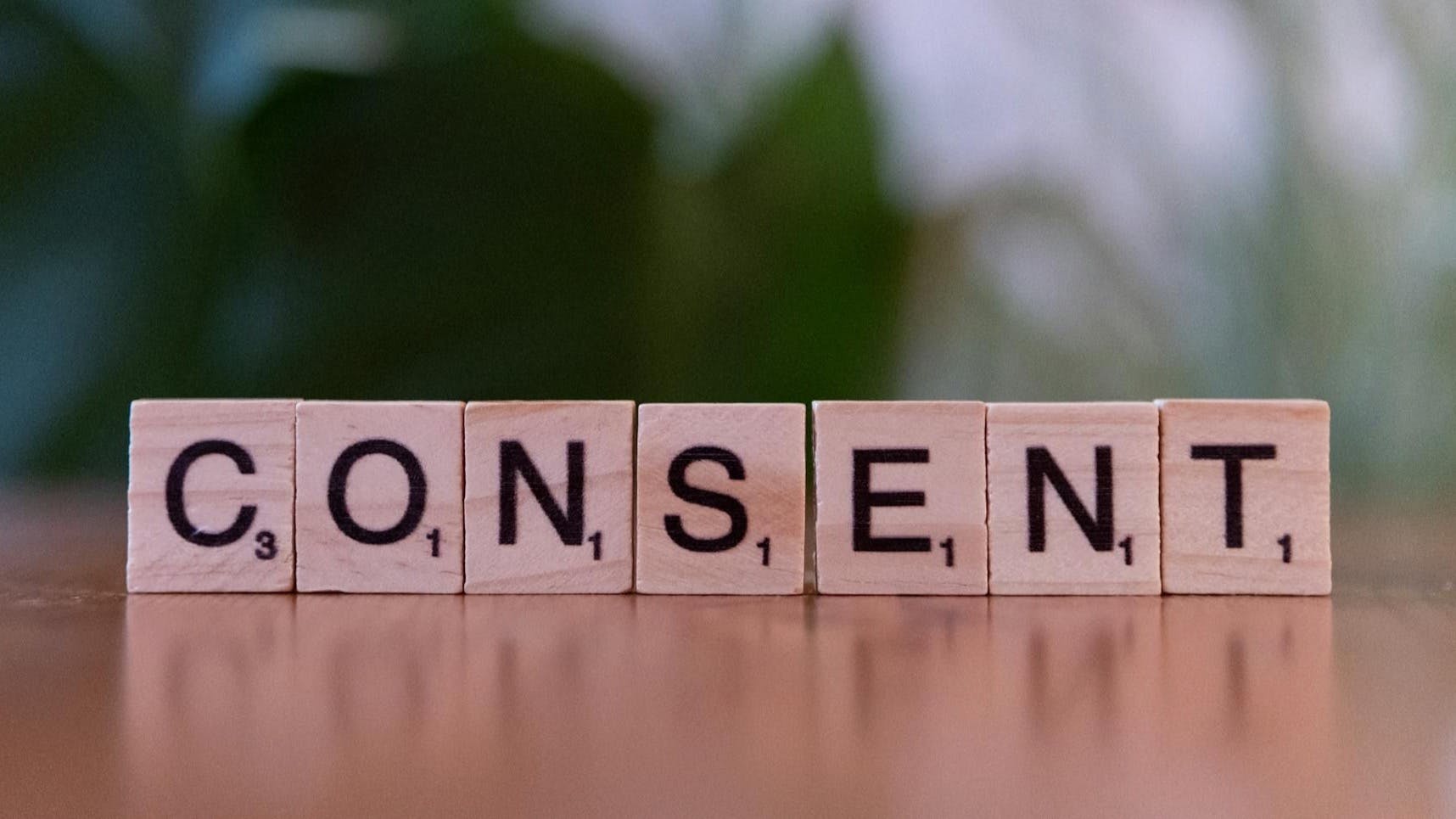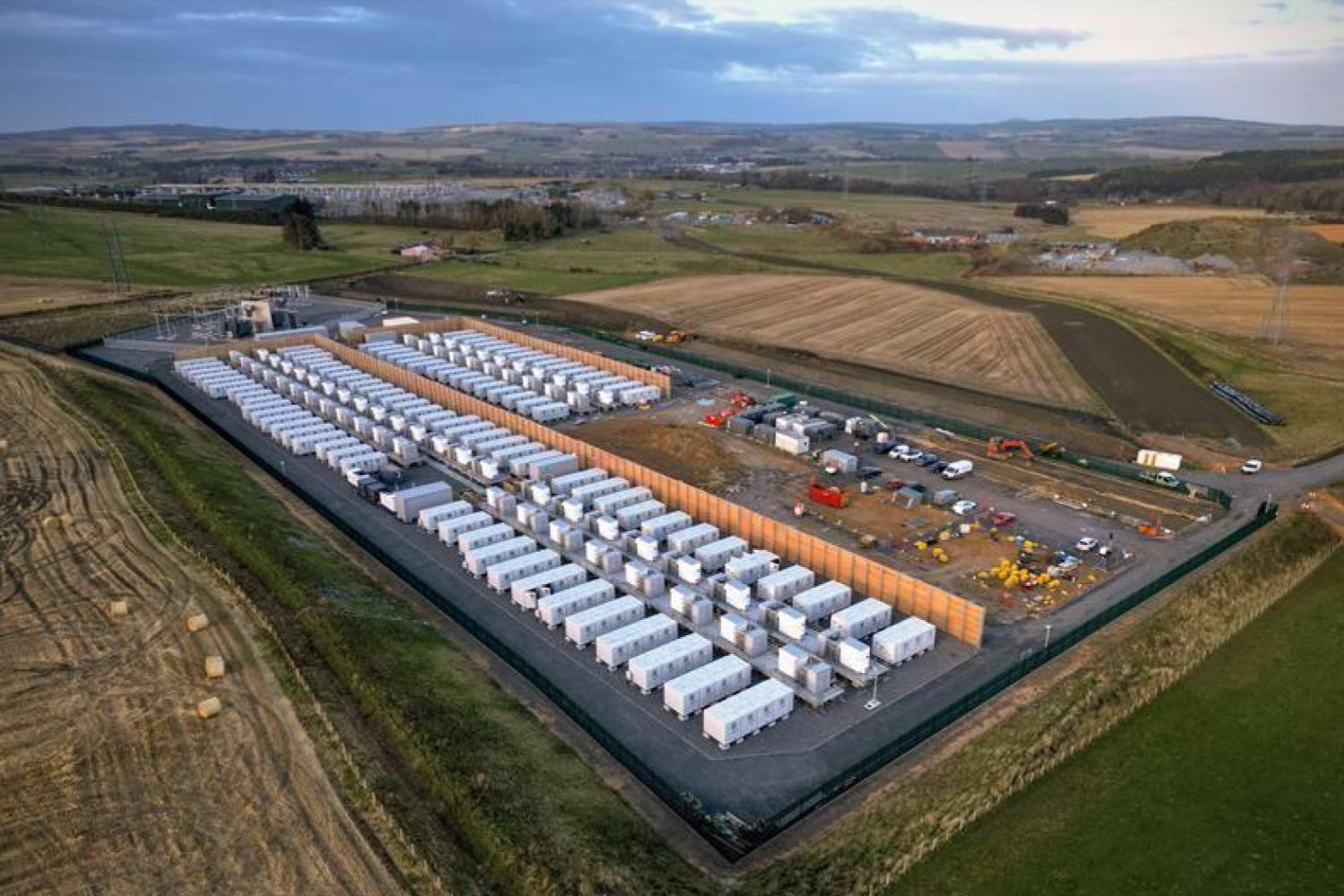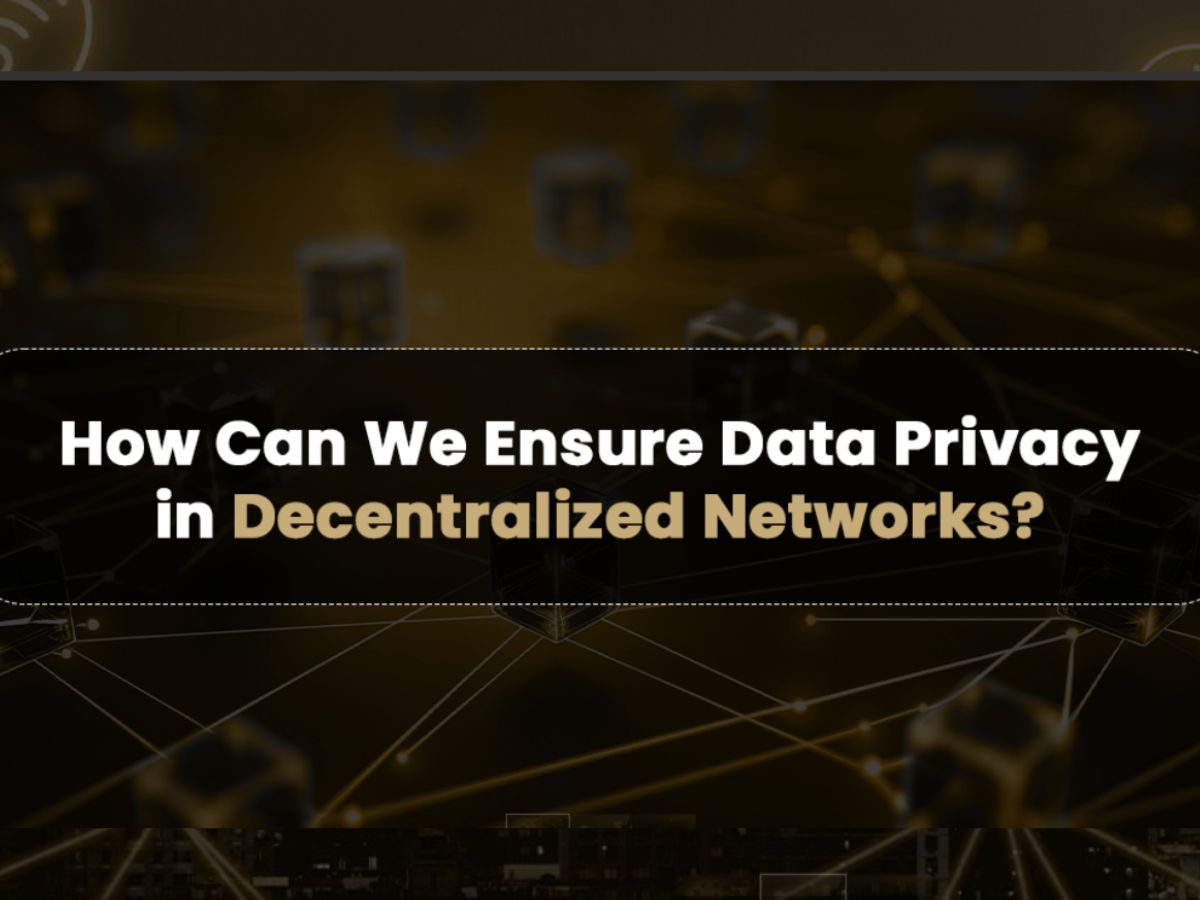The world rests on a handful of cables. Submarines, to be more specific. We have so many submarine cables that could go around the Sun and they are essential because most countries in the world and their communications depend on these cables. They are so important that there are even countries that threaten to cut them to intimidate their neighbors.
And in this great interactive map we can see not only all the submarine cables, but also see the junction points, when they were built and who they belong to.
The panorama: a Christmas tree. The global photo is wonderful and allows us to verify what we mentioned before: we are interconnected thanks to these underwater cables. These are cables with different thicknesses (from “threads” like a computer connection cable to others with the diameter of a garden hose or a human arm) and there are many, many.
99% of communications depend on them, and that is where the Internet comes in or something as booming as the greater data density that we currently use due to the large number of applications that offer streaming content or artificial intelligence.

The transatlantic bridge. Something that is obvious on the map is that there are several cable highways. One of them is the North Atlantic. that connects the northeastern United States with Europe. France, Ireland, England, Spain and Portugal are the main ports for these cables.
In Spain, we have fundamental connections such as Marea, a 6,605 kilometer cable that connects Bilbao with Virginia Beach and is owned by companies such as Meta, Telxius and Microsoft. Grace Hopper, 7,191 kilometers long, also reaches Bilbao, being from Google and connecting with Bellport in the United States and Bude in England.
We can also see cables under development, such as the Anjana that will link Santander with Myrtle Beach in the United States and, owned by Meta, will measure 7,121 kilometers.

The Caribbean knot. The Caribbean network is also very interesting, with a multitude of cables connecting Mexico, Panama, Costa Rica, Guatemala, the Dominican Republic or Venezuela between them. From these ports they go to Chile, Peru, Bolivia and Argentina.


One of the longest in the world will connect Chile with French Polynesia. Its name is Humboldt, it is not yet known how long it will be, but its owner will be Google. And another really huge one that came online in 2020 is Curie, a 10,476-kilometer cable owned by Google that links Valparaíso in Chile, Balboa in Panama and El Segundo in the United States.
The Asian framework. If in Latin America there are many cables, Asia is a mess no matter how you look at it. One of the most important is the SeaMeWe-5, a 20,000 kilometer cable that does not have just one owner, but many. Curiously, we do not see the North American giants signing this cable, but rather Chinese and Middle Eastern operators, among others. It links many countries, going from France to Singapore.


And in India, China, the East China Sea and Japan we see a multitude of cables that interconnect the countries and, at the same time, serve as a bridge with the United States and Latin America. Many of these cables pass through Hawaii, which is caught in the middle, and one of the longest is the 1999 Pacific Crossing-1, 21,000 kilometers long.


North Korea and Cuba. Something curious that we can see on the map is the total disconnection from North Korea. While in South Korea, the Chinese northeast and the Russian east in the Sea of Japan we have connection ports, North Korea is totally isolated. It is not something that comes as a surprise considering the secrecy of the country, but it is curious that it is not connected by fiber to any other.

The Cuban case is also curious, since there are not too many cables and those that exist are thanks to its allies – such as the Arimao that connects with Martinique, but is Cuban, or the Alba-1 with Venezuela. The third in contention, and the only one that links Cuba with the United States, is the North American GTMO-1. However, this is property of the North American government and the Cuban port is in Guantánamo Bay, on a base owned by the United States army.
The thing about Australia. Another interesting scenario is that of Australia. Here we are not talking about an island, but about a continent that has strong needs for connection to the rest of the world thanks to this infrastructure, since it is estimated that more than 95% of the country’s communications depend on 15 cables.
The Southern Cross Cable Network stands out, which is absolutely outrageous. It came into operation in November 2000, measures 30,500 kilometers and connects several points in Australia, Fiji, New Zealand and the United States.


Suez Canal. We have talked about the transatlantic and Asian highways. The third in contention is that of the Suez Canal and the Mediterranean. This route is where communications with Asia pass and it is something that is noticeable in the agglomeration of submarine cables in the area, with Marseille being the junction point for most of them, as well as the destination of some of the important cables. that will be built for 2026 and 2027.
2Africa. Although there are impressive cables, the 2Africa deserves a special mention. It is a 45,000 kilometer long cafle that not only borders the entire African continent, but also reaches Barcelona and, in the east, extends to India. It opened this year and has many owners such as China Mobile, Orange, Saudi Telecom and Vodafone.
Projection. We have only highlighted some of the hundreds of cables that are at the bottom of the seas, but the projection is that there will be a boom in the coming years. Between 2023 and 2025 alone, the estimate is that 78 new systems will come into operation that will add a length of 300,000 kilometers.
This is the result of an investment of 10 billion dollars that, according to experts, will mean growth not seen in recent years, the result of the growing needs of artificial intelligence, but also of search systems, video streaming and social networks.
Images | Submarinecablemap
In WorldOfSoftware | A third of the world’s population cannot read this: the UN reveals that 2.9 billion people have never accessed the internet


.jpg)








